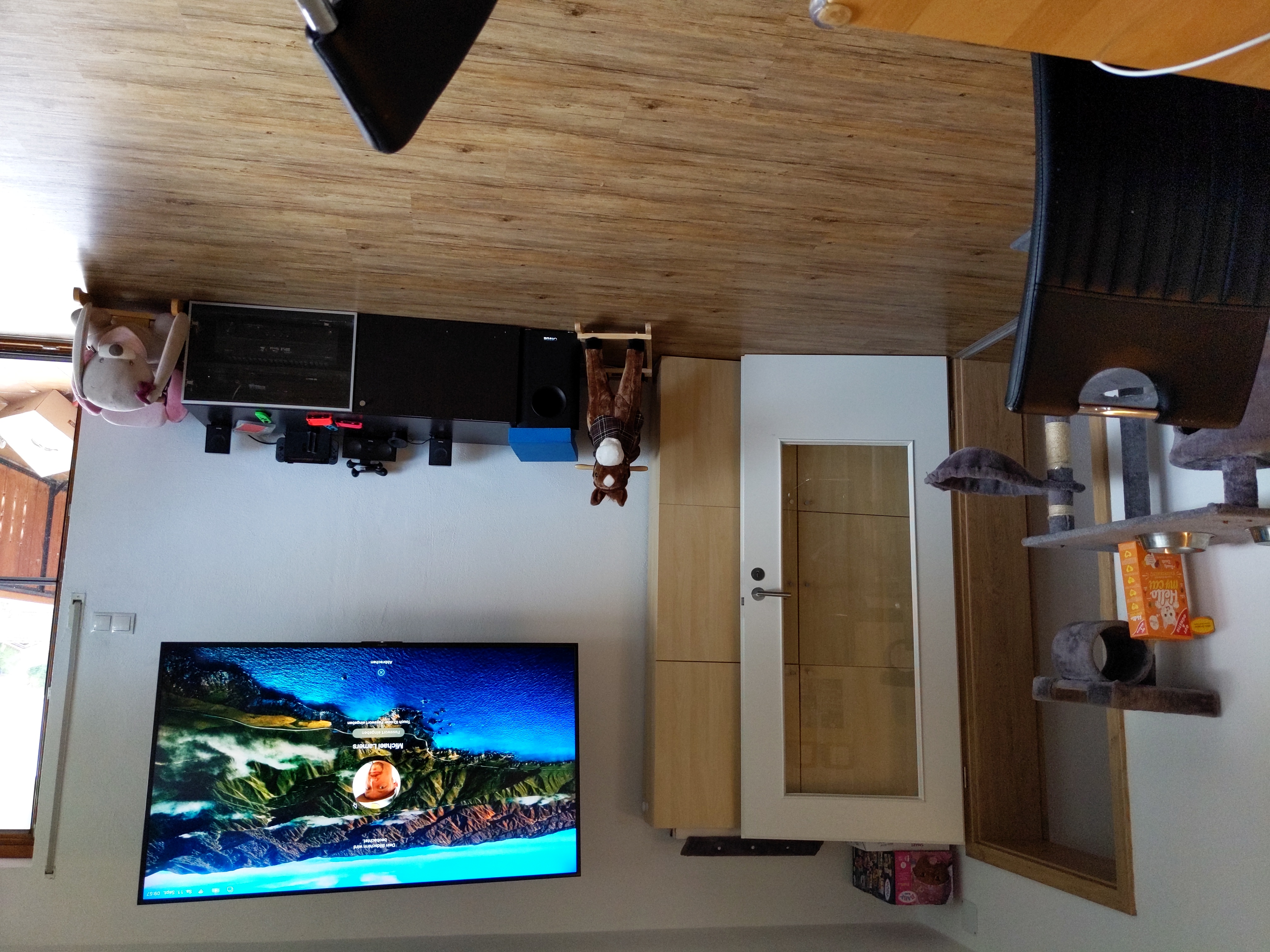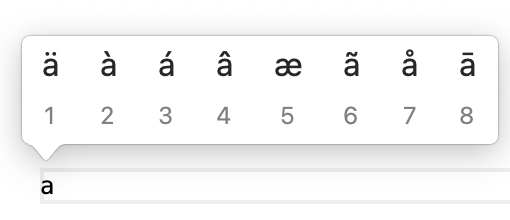I got myself some new hardware
I got myself some new hardware
Today I want to share my opinion about 2(3) new pieces of hardware that I got for myself as an early expensive Christmas present.
The new Mac lineup
Initially I hesitated to jump on the M1 Pro/Max train. My 13” Intel MacBook Pro worked, I don’t have any projects that have compile-times where I have to wait minutes for them to complete so no real need to upgrade.
I started configuring a MacBook 14” the day the preorders started. I use the 2nd tier M1 Pro, 512 GB Storage and 32 GB RAM and ended up with ~€2700.
My first reaction: Phew, that is really expensive. I have no real need, let’s wait.
Initial community reactions
Then the internet filled with reviews, articles and other videos that all had one thing in common: What a beast of a machine.
Additionally, the order date for the MacBook 14” started moving towards December (I think currently they are somewhere in January) so I felt a bit under stress 😨
The M1 topic stuck with me as I already plan how Flutter could potentially be used at work and in that scenario having an ARM based docker environment that is performant would be a real advantage.
So I did some research to find out if the M1 already has similar performance (or even better performance) than the Intel I have and as it turned out even those are faster. So I almost ordered an M1 MacBook Air.
Buying it
In the end I convinced myself that it would be much better to have the even more performant hardware platform and the crazy fast SSD storage. I found a store that was able to immediately ship the 14” MacBook Pro, so I ordered it. I ordered the super basic entry model (8 cores, 16 GB RAM, 512 GB SSD) because I still think the upgrade price is just crazy. This machine did cost ~€2200 which is still very expensive (at least in my terms) and as the current machine was sufficient upgrading it would even be more crazy than ordering it has been in the first place 😉



